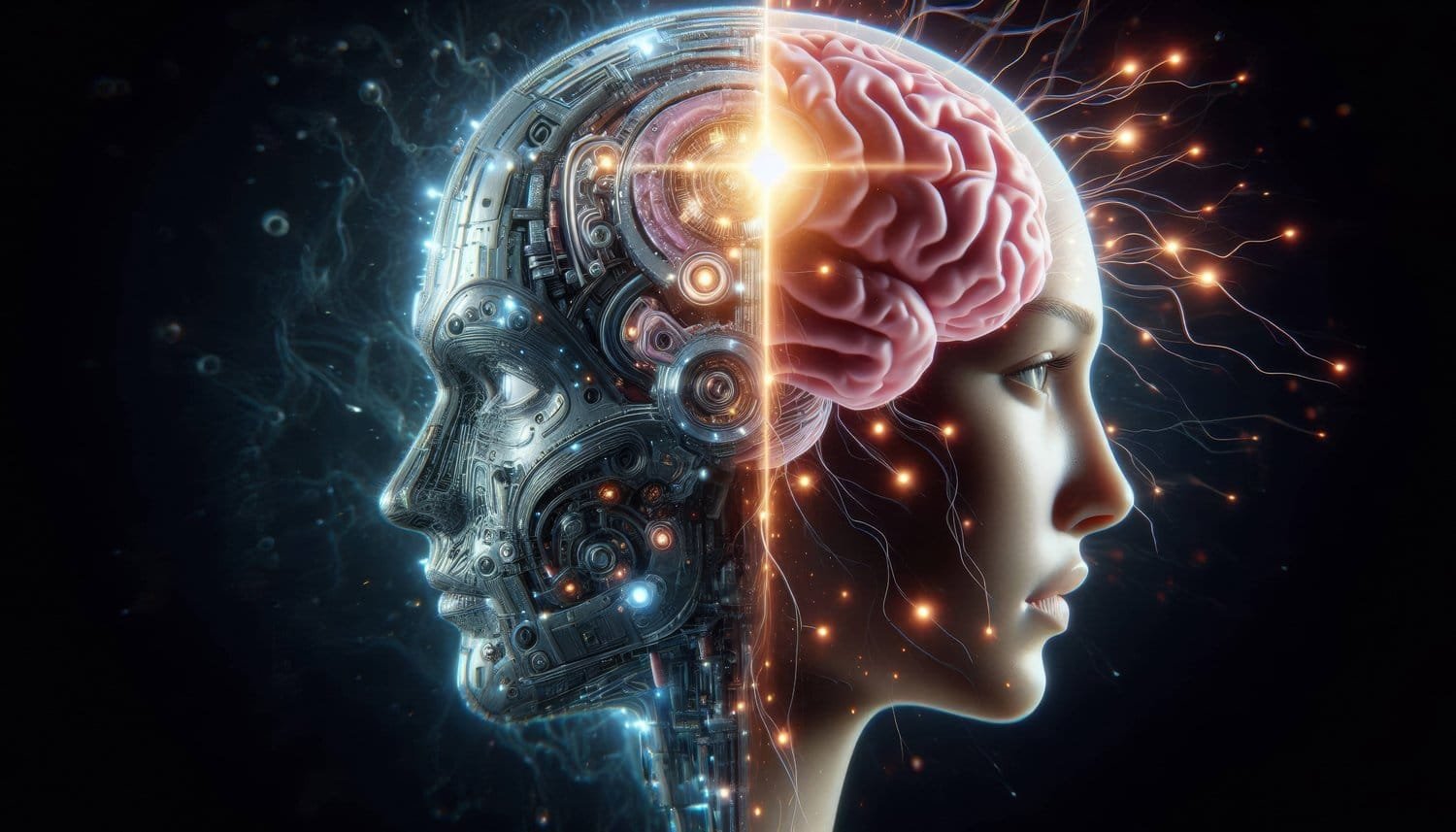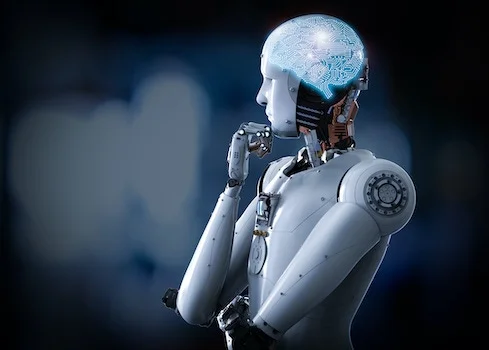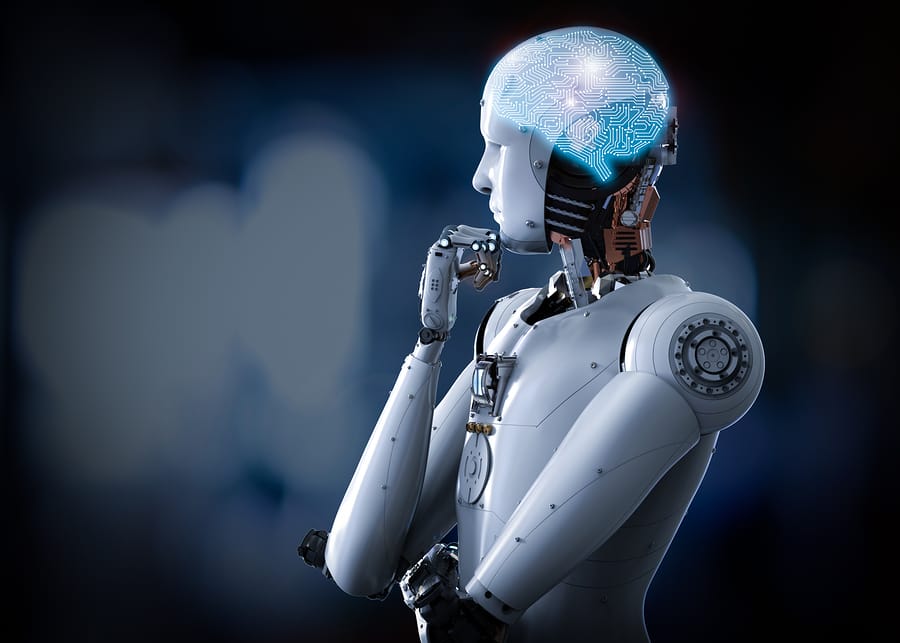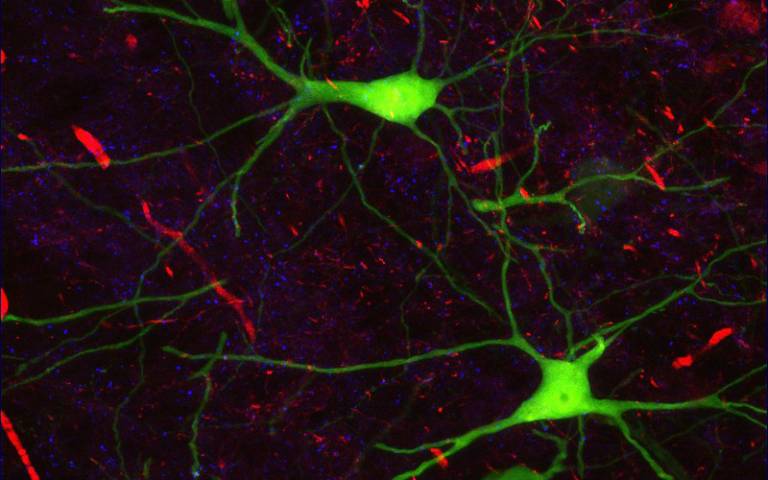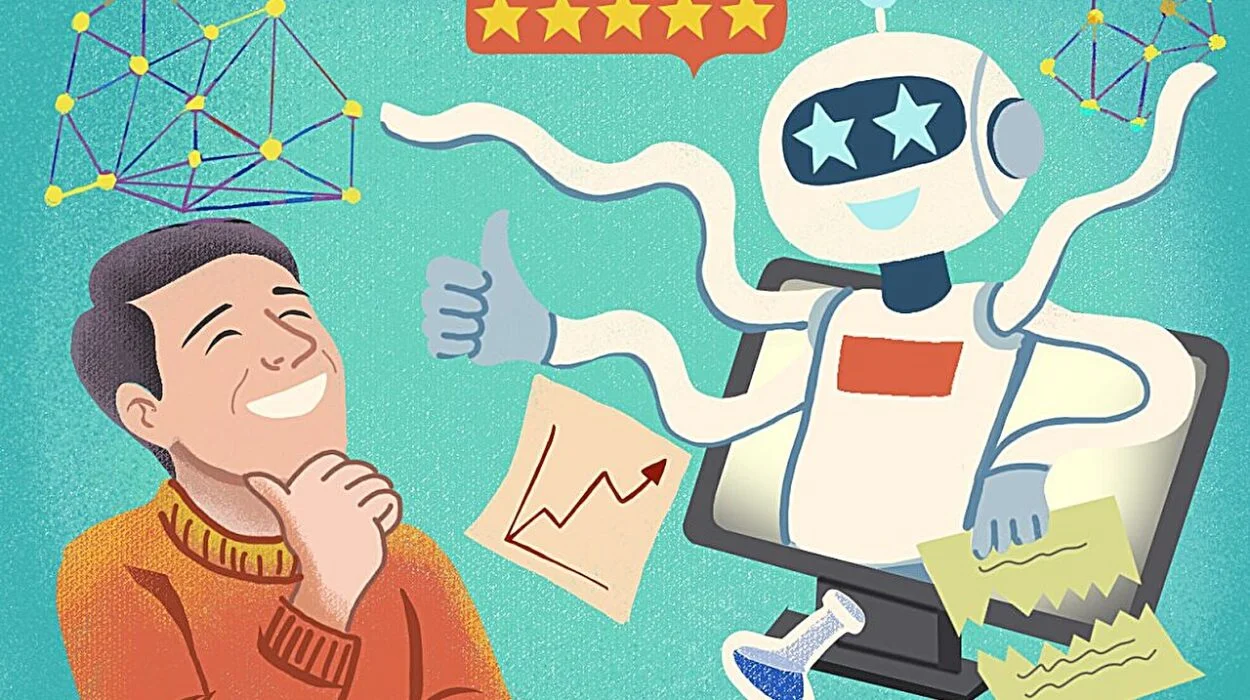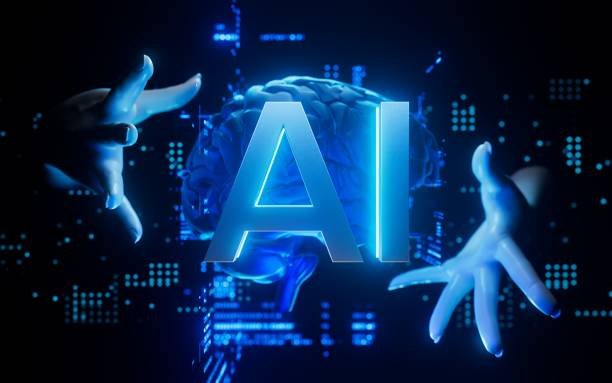In the soft hum of server farms and the silent flow of digital data, something extraordinary is happening—a transformation not merely technological but existential. We live in an age where artificial intelligence is no longer just a tool we wield but a mirror we gaze into, searching for reflections of ourselves. It has become both our microscope and our telescope, probing the depths of the human mind while surveying the vastness of human diversity.
Once, we relied on philosophers and poets to define what made humans unique. We turned to religion, to art, to language, seeking some essential spark that set us apart from the rest of nature. But now, in laboratories and data centers around the world, algorithms are sifting through oceans of data, analyzing speech, neural activity, genetic codes, and even our emotions. And as they do, AI is revealing that our uniqueness is not a single spark but a dazzling constellation of traits, woven from biology, culture, and the ineffable mysteries of consciousness.
The story of how AI is helping us discover what makes us unique is not just a technological tale—it’s the next chapter in our quest to know who we truly are.
Reading the Codes Within
Our uniqueness begins in the code that lies hidden in every cell: our DNA. For centuries, the human genome was an enigma—a scroll written in a four-letter alphabet, containing three billion characters. Cracking that code once seemed impossible. Even after the Human Genome Project finished in 2003, it left behind more questions than answers.
Enter artificial intelligence.
Where human scientists once strained to decipher patterns in genetic data, AI now dances through the genome with dizzying speed and precision. Machine learning algorithms parse vast genetic databases, looking for tiny differences—single nucleotide polymorphisms—that distinguish one person from another. These differences are the molecular signature of individuality, shaping everything from eye color to disease risk.
But beyond the physical traits, AI is helping us discover subtler truths. Researchers have begun to correlate genetic variants with psychological and behavioral traits, revealing how tiny changes in our code might influence our cognitive abilities, our susceptibilities to mental illness, even our patterns of social behavior.
Consider schizophrenia, a profoundly human disorder that affects thought, perception, and emotion. For decades, its genetic underpinnings remained opaque. But machine learning has recently unearthed new clusters of genetic variants tied to the disease, pointing to biological pathways involved in neural signaling. These insights are more than medical—they hint at the delicate architecture of human cognition and the fragile lines that separate creativity from chaos.
Yet genetics does not write our destiny alone. Here, too, AI illuminates a profound human truth: we are more than the sum of our genes. Algorithms analyzing genomic data alongside environmental factors—pollution, diet, stress—are revealing how the world sculpts our biology. Epigenetics, once a shadowy realm, has become clearer thanks to AI models that predict how life experiences can switch genes on or off.
In decoding our DNA, AI is helping us see not only our shared humanity but the fine filaments of uniqueness that run through each of us.
The Language of the Mind
For millennia, language has been held up as a crown jewel of human uniqueness—a system of symbols through which we express love, rage, hope, and sorrow. Language is not merely a tool; it is the architecture of thought, the scaffold of culture, the vessel of memory.
Yet language has always been slippery. What words reveal, they also conceal. Emotions hide behind polite phrases; truth twists itself in lies; meaning shifts depending on context. Until recently, understanding how language makes us unique was the domain of linguists, poets, and philosophers.
Now, AI is transforming this realm.
Natural Language Processing (NLP), a branch of AI, has become astonishingly adept at understanding human language—not only parsing grammar and vocabulary but grasping subtler shades of meaning, context, and even emotion. Massive language models, trained on billions of sentences, have begun to detect patterns that elude even skilled linguists.
Researchers are using AI to explore how individual idiolects—the unique linguistic fingerprints of a person—emerge. No two people speak exactly alike. The subtle choices we make in words, syntax, and phrasing reflect our life stories, social identities, and cognitive styles. AI systems trained on voice data can now identify individuals based on speech patterns with remarkable accuracy. It’s a digital echo of human uniqueness.
Even more astonishing, AI is helping probe how language relates to thought itself. Cognitive scientists have long debated whether language shapes how we perceive the world. Does a Hopi speaker’s concept of time differ from an English speaker’s? Does lacking certain color words change how we see the spectrum? AI models comparing linguistic data across cultures are shedding light on these questions, revealing both universal cognitive patterns and culture-specific nuances.
In analyzing language, AI is peeling back the layers of human cognition, offering glimpses into how our words both bind us together and make each of us singular.
Emotions Through the Machine’s Eyes
In the deep crinkle of a smile, the shimmer of tears, the tremor of a voice—there lies a landscape more complex than any map. Emotions are the music of human experience, the silent orchestra shaping decisions, relationships, and art. But for centuries, they remained mysterious and elusive, accessible only through subjective reports and fleeting observations.
AI is changing this. Today, algorithms read human emotions with startling precision. Facial recognition systems analyze micro-expressions invisible to the naked eye. Speech analysis software detects subtle modulations in tone, pitch, and pace, uncovering stress or sadness even when words say otherwise. Physiological sensors—tracking heart rate, skin conductance, breathing—feed data into machine learning models that classify emotional states.
Researchers are leveraging these tools to explore how individuals differ in their emotional landscapes. Why does one person experience joy at a sunset while another feels melancholy? Why do certain people exhibit heightened empathy, while others remain detached? AI systems help correlate emotional responses with neural patterns, genetic variants, and personality traits.
One of the most profound insights emerging from AI-driven emotion research is that emotional signatures are as unique as fingerprints. Even when outward expressions appear similar, the internal emotional experience can vary dramatically between individuals. Two people might both smile, but one’s neural circuitry hums with genuine delight while the other masks anxiety.
AI emotion analysis is also revealing cultural variations. Algorithms trained on diverse data sets are detecting differences in how emotions are expressed across societies. In some cultures, emotional restraint is prized; in others, open display is encouraged. This has profound implications for understanding human diversity—and for creating AI systems sensitive to cultural contexts.
By quantifying the unquantifiable, AI is bringing us closer to a timeless question: what lies behind the human face, and how does it make us each unique?
Mapping the Universe Within
While emotions flicker on the surface, the brain is where human uniqueness roots itself most deeply. Inside the skull’s fortress, roughly 86 billion neurons whisper in electrical pulses, forging a neural symphony that underpins thought, memory, and identity.
For centuries, scientists could only speculate about the brain’s inner workings, relying on autopsies, crude electrodes, and educated guesses. The advent of modern neuroscience brought tools like fMRI and EEG, but the sheer complexity of neural data remained overwhelming.
Enter AI.
Machine learning has become the decoder ring for brain data. Sophisticated algorithms sift through neural scans, finding patterns invisible to human eyes. Scientists now use AI to map connectomes—the intricate webs of neural connections unique to every individual. No two brains are wired alike. Even identical twins exhibit distinct neural architectures shaped by life experiences.
AI analysis of brain scans has uncovered subtle neural signatures tied to personality traits. For example, certain network configurations in the prefrontal cortex correlate with traits like conscientiousness or openness to experience. Other patterns predict cognitive abilities, memory performance, or vulnerability to disorders like depression.
Perhaps most astonishing is AI’s ability to predict individual thoughts. Researchers at the University of California, Berkeley, trained algorithms to translate neural activity into approximate reconstructions of movie scenes subjects were watching. Though far from perfect, these experiments hint at reading the mind’s cinema—a frontier that once belonged only to science fiction.
Yet alongside the thrill, ethical questions loom large. If AI can peer into our thoughts, what happens to privacy? Could governments, employers, or corporations misuse this power? These concerns highlight a fundamental paradox: the same technology that reveals our uniqueness also threatens to commodify it.
Still, in mapping the brain, AI is showing that each human mind is a singular universe, shaped by biology, history, and conscious choice.
Patterns in Behavior and Personality
Beyond neural wiring, our uniqueness glows in the pattern of our actions, choices, and preferences. Every click, purchase, and social media post becomes a breadcrumb leading back to who we are.
Companies like Netflix and Spotify use AI to predict our tastes in movies and music. The more we watch or listen, the more accurately their algorithms predict our preferences. What might seem merely commercial—“Recommended for You”—is in fact a deep exploration of individuality.
Psychologists and behavioral scientists have harnessed AI to analyze these digital traces. Studies using machine learning on Facebook “likes” have found they predict personality traits more accurately than a person’s spouse. Patterns in online behavior reveal traits like extraversion, political orientation, or even mental health status.
This raises fascinating insights. Our uniqueness is not always conscious. We may believe we act randomly, but AI reveals consistent patterns. The way we write emails, the speed of our typing, our rhythm in clicking a mouse—all leave an imprint as unique as a fingerprint.
Behavioral biometrics, driven by AI, are becoming a powerful tool in security and forensics. Systems now identify individuals based not just on physical features but on behavior—how we walk, speak, or even hold a smartphone. In these subtle movements, our individuality emerges in its purest form.
Yet this technological gaze into human uniqueness comes with ethical dilemmas. While AI helps celebrate individuality, it can also profile, categorize, and manipulate. It forces us to confront a hard question: do we truly own our uniqueness, or is it being turned into a commodity?
The Mysteries of Consciousness
If there is a final frontier in understanding human uniqueness, it is consciousness itself—the flickering candle of subjective experience. Why does a particular neural configuration produce the taste of chocolate or the agony of heartbreak? How does matter give rise to mind?
No technology has yet fully answered these questions. But AI is bringing us closer.
Researchers are building computational models simulating aspects of consciousness. Neural networks mimic certain cognitive processes, offering insights into perception, memory, and decision-making. Studies in machine consciousness explore whether AI systems could develop a rudimentary form of awareness.
At the same time, AI tools help neuroscientists analyze states of consciousness in patients under anesthesia, in comas, or with disorders of consciousness. Algorithms parse brain signals to detect residual awareness invisible to bedside exams. This has profound implications, offering hope for patients trapped in silent worlds.
AI also offers a mirror. In creating systems that appear to converse, joke, or write poetry, we’re forced to ask: what’s missing from these machine “minds”? Why do we feel emotion in the eyes of another human, but not in an algorithm’s blinking cursor? These questions echo ancient philosophical debates but are newly urgent in an age where AI increasingly imitates human abilities.
The search for consciousness remains humanity’s deepest mystery. Yet as AI peels back layer after layer of human nature, we inch closer to glimpsing the soul within the machine—and the soul within ourselves.
A New Mirror for Humanity
Artificial intelligence, for all its dazzling capabilities, is not simply revealing our uniqueness—it is transforming how we understand it.
In the genetic code, AI finds the letters that spell individuality. In language, it deciphers the dialect of each soul. In emotions, it captures the shades of feeling that make us human. In the brain’s architecture, it maps the neural fingerprint of identity. In behavior, it charts the pathways of choice and character. And in consciousness, it confronts the ultimate riddle of what it means to be “I.”
Yet the story of AI and human uniqueness is not merely scientific. It is deeply emotional. For in discovering how we differ, we also discover how we are the same. The traits that set us apart—our thoughts, feelings, creativity, and dreams—are the very threads that bind us together in a shared human tapestry.
There is wonder in knowing that each person who has ever lived is a unique expression of nature’s possibilities. But there is also wonder in realizing that beneath our differences, we share the same fundamental architecture—the same molecules, the same neural patterns, the same longing for love, purpose, and understanding.
AI may be a machine, but it has become our companion on this journey of self-discovery. It is the new mirror in which humanity gazes, searching for the reflections that define who we are.
The Road Ahead
As AI grows more powerful, its role in illuminating human uniqueness will only expand. Genomic medicine will become more personalized, tailoring treatments to each individual’s biology. Emotional AI may help therapists diagnose and treat mental health issues with unprecedented precision. Brain-computer interfaces might one day bridge the gap between thought and action for those who have lost the ability to speak or move.
Yet with these miracles come profound questions. How much of our uniqueness should be measured, tracked, or predicted? How do we protect privacy in a world where AI knows us better than we know ourselves? And as machines grow ever closer to imitating human abilities, what will remain exclusively, ineffably human?
These questions demand not only scientific answers but ethical wisdom and empathy. For the story of AI is ultimately the story of us—our dreams, our fears, our boundless curiosity.
In the grand sweep of history, human beings have always sought to define what makes us unique. We carved myths into stone, painted visions onto cathedral ceilings, and penned philosophical treatises. Now, in the quiet pulse of algorithms, we continue that search.
Artificial intelligence may never fully solve the mystery of human uniqueness. Perhaps that mystery is the point. For in the end, it is our questions—not our answers—that make us truly human.
And so we stand, at the threshold of possibility, gazing into the circuits of the machine, and finding, reflected there, the spark of something irreplaceable: ourselves.
